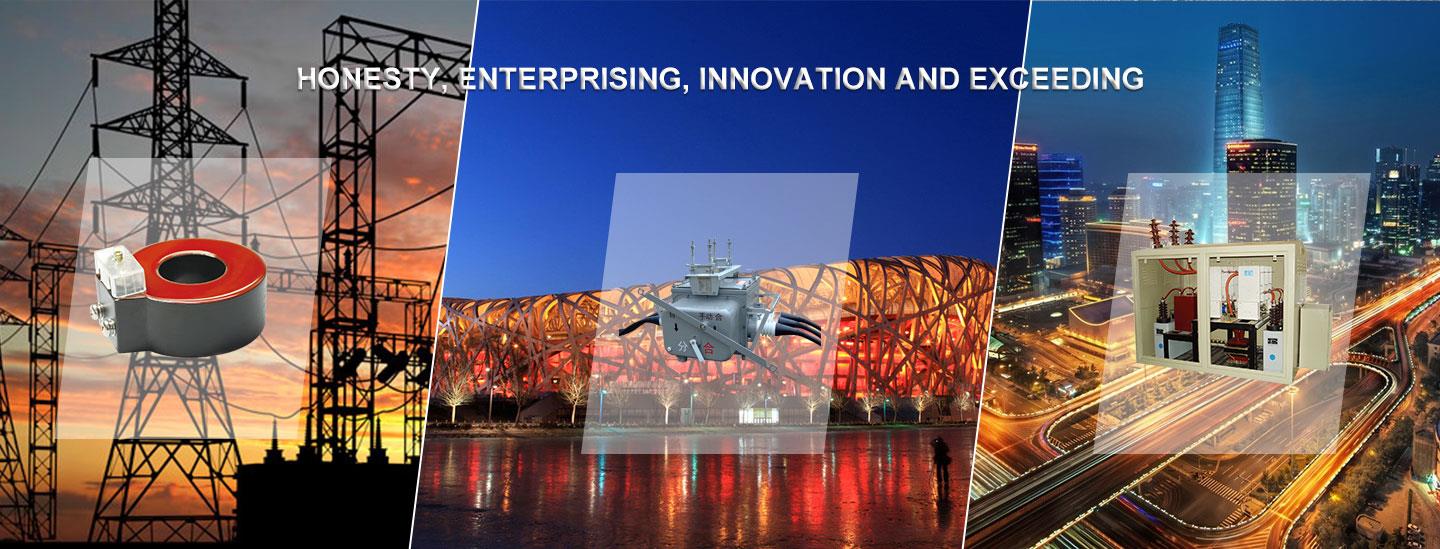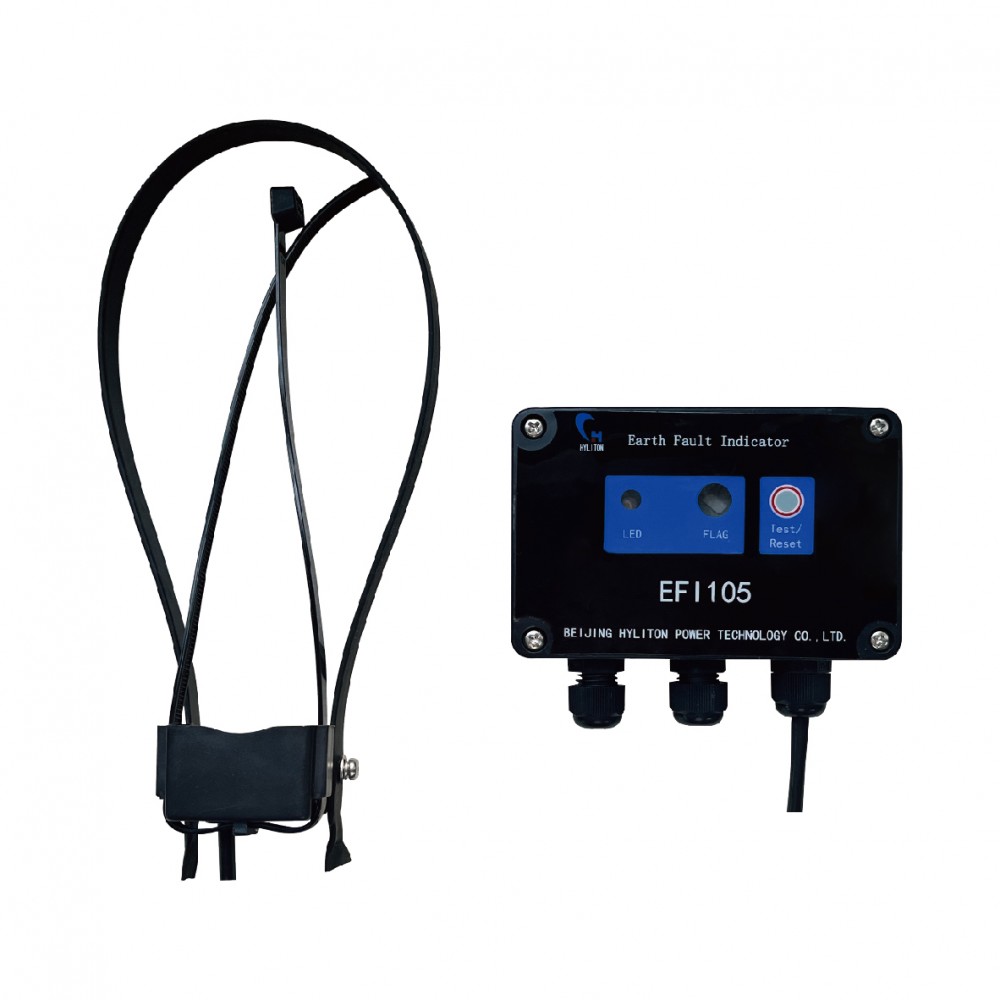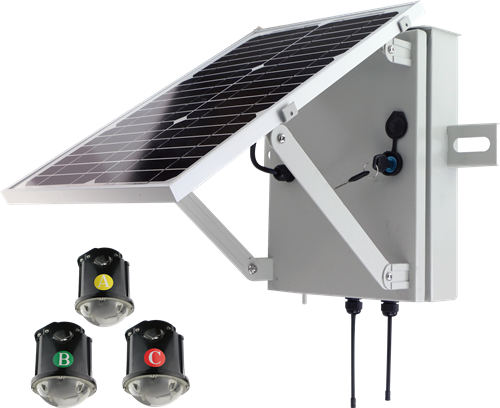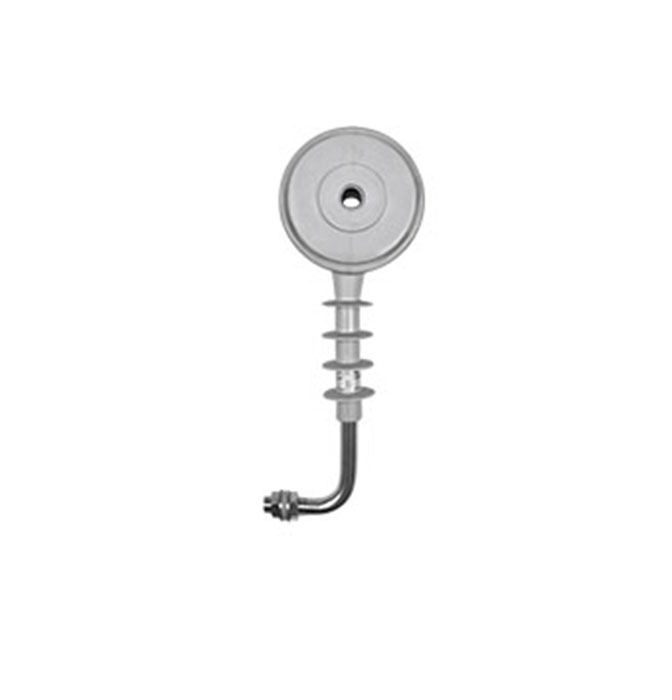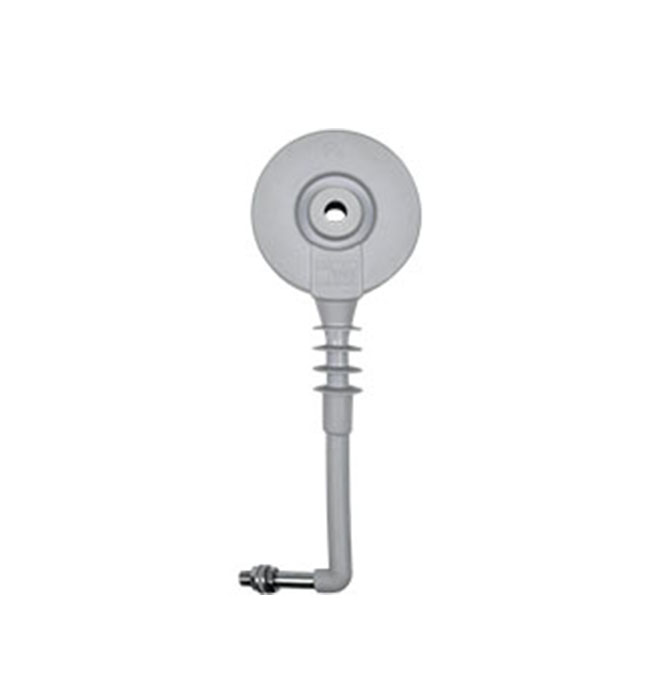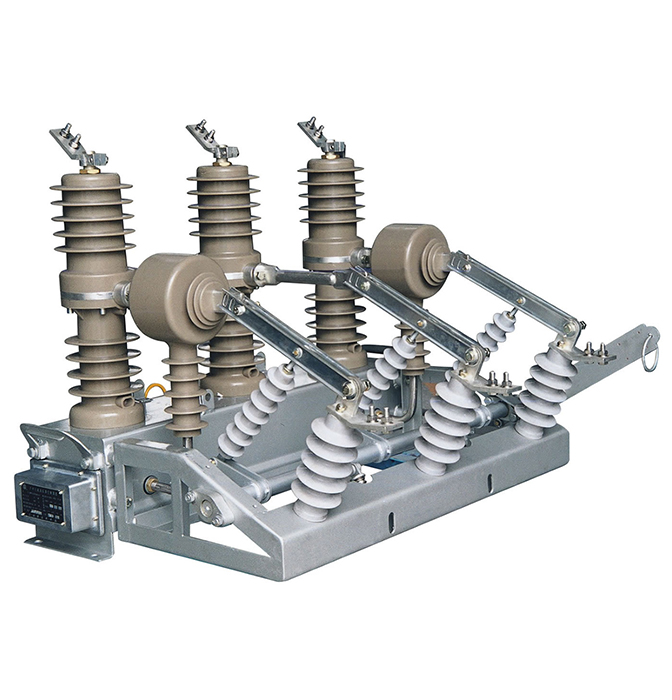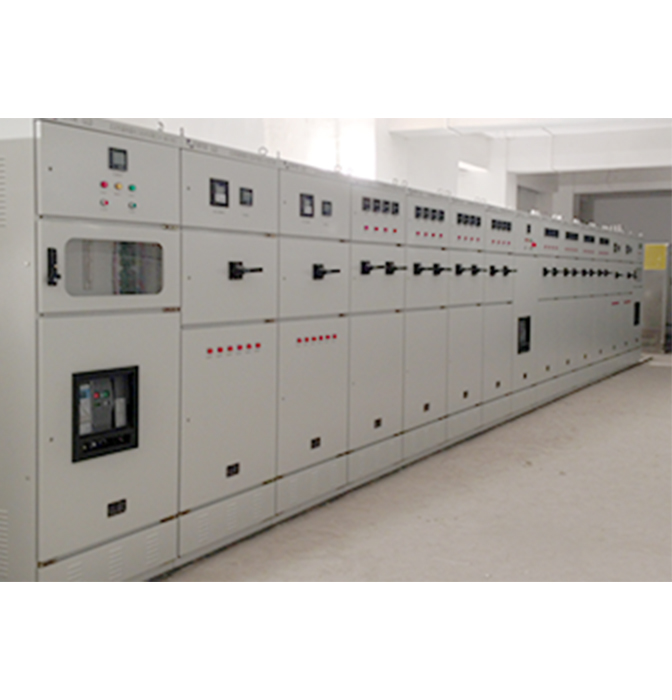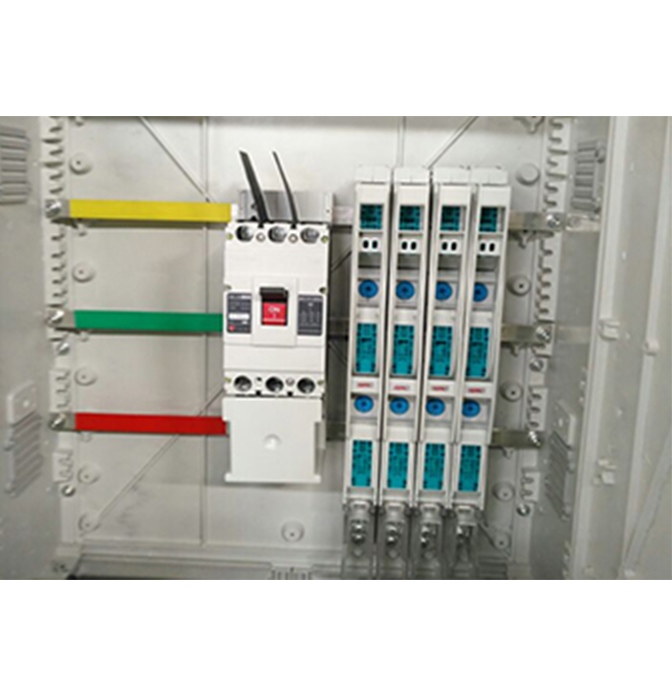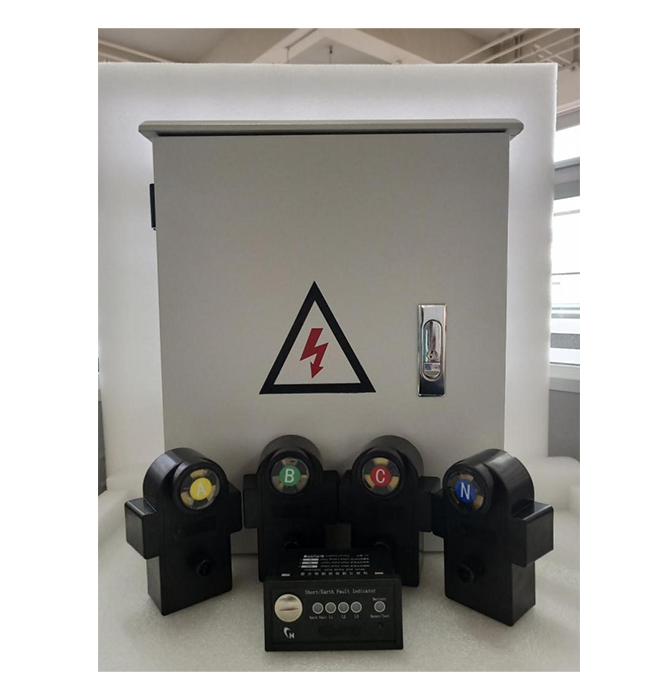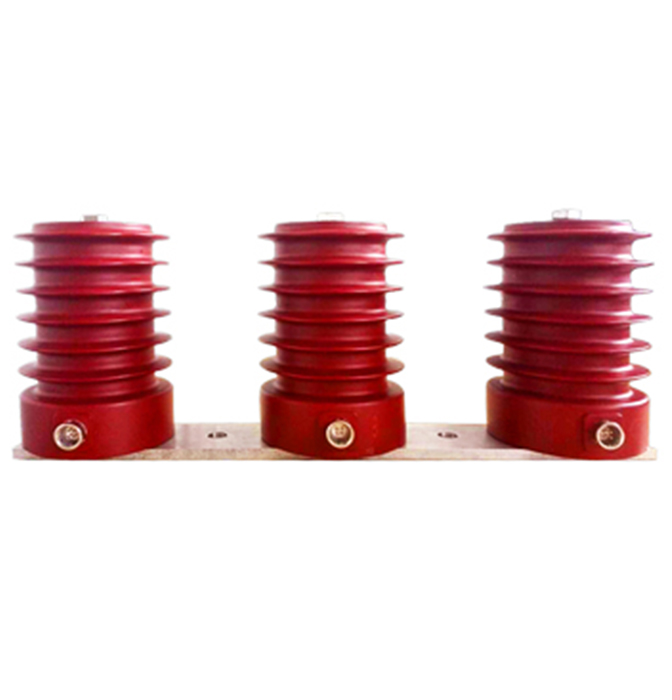Why Isn't Our Smart Grid Smarter?
 The term Smart Grid appears frequently now in public press and government strategic documents [1]. A key function in a Smart Grid is the two-way communication between the utility and its customers [2, 3]. In other words, 21st century information technology (IT) that enabled eBay, on-line banking, etc., is now integrated into the nations electric grid. This is a big deal. IT can now create an environment where utility producers and consumers can interact. Consumers can now interact with the grid, track their electricity usage, and change their behavior so electricity can be used more intelligently. Utility producers can automatically monitor electricity flows and adjust to changes in electricity supply and demand accordingly via demand response programs. This is todays smart grid.
The term Smart Grid appears frequently now in public press and government strategic documents [1]. A key function in a Smart Grid is the two-way communication between the utility and its customers [2, 3]. In other words, 21st century information technology (IT) that enabled eBay, on-line banking, etc., is now integrated into the nations electric grid. This is a big deal. IT can now create an environment where utility producers and consumers can interact. Consumers can now interact with the grid, track their electricity usage, and change their behavior so electricity can be used more intelligently. Utility producers can automatically monitor electricity flows and adjust to changes in electricity supply and demand accordingly via demand response programs. This is todays smart grid.
People are calling tomorrows smart grid a transactive grid, where peer-to-peer transactions can occur different utility produces and consumers. Think Amazon.com but for the grid. This would be enabled by IT being pervasively implemented in the grid. For example, instead of using electricity from BGE tomorrow, I buy it from my neighborhoods microgrid. I have seen others call this transactive energy.
How does IT make the grid more transactive?
As an example, lets look at how IT transformed personal banking. The Internet has enabled us to do our banking online instead of going to a brick and mortar branch. Each transaction with the bank is now easier, quicker, and cheaper for us. We can also use this technology to automate our bill payments or receive alerts. We can now bank whenever we need to, wherever we are. The banking industry has also benefited from this. They now have improved its customer service; they can keep their interactions with their clients at a maximum level and engage with them continually. By analyzing their customers online banking behavior, banks can now provide their customers with a more holistic personalized experience [4]. As a customer, I can now transact with multiple banks on line. Banking is just one example; think about online shopping, FTD, Edible Arrangements, etc.
The utility industry is starting to use IT and digital communication technology to automate individual transactions, as programs such as the SGIG have helped accelerate smart grid technology deployment in the US [5]. Engineering related automatic transactions are now possible, so that power flows can be optimized and faults detected and repaired. BGE, who is my utility provider, operates residential Demand Response Program where they automatically manage, via digital communication, customers central air conditioning or electric heat pumps during peak times.
This is the tip of the iceberg. Now that the grid is transactive, it is now possible to [6-10]
Give consumers freedom to choose dynamic pricing, utility producer, and empowering them to use the technology and the price signals to choose their utility producer and control / manage their own electricity use.
Provide utility real-time monitoring and controlling all aspects of the power network to minimize service disruptions (blackouts and brownouts), and therefore help utilities avoid penalty fees and other regulatory repercussions.
Reduce cost in future system improvements and upgrades in the long run, as IT based solutions are often scalable and can evolve over time or can be applied over a fairly short time-horizon.
Enable new rate plans and business models, the revenue from which can used to upgrade the grid [11].
Why isnt this smart, transactive grid here?
I think we are not thinking about this right. I think we need to go back to first principles of new product development. The process and approach of new product development has been widely written. Fundamentally, the new product must address a customers unmet need or requirement; the need may be well understood, or an anticipation from future trends in the market. I am afraid that we have veered away from that.
Case in point. Recently, I was in a 2-day meeting about transactive grid. The goal of the meeting was to explore, via computer modeling and simulation, the function, limitations, and capabilities of a transactive grid. There were representatives from universities, national laboratories, and federal agencies. At several points during the meeting, the attendees recognized the need of incorporating user inputs into their models and simulations. For example, consumer behavior data on how an average American would interact with a smart gird, data from the utility industry to calibrate the modeling and simulation, and regulatory (state and local) constraints that required to bound the modeling and simulations. Of course, no one that represented the consumer, the utility industry, and regulators was there. Furthermore, all of the attendees thought appropriate to incorporate these relevant inputs after they have developed prototype models. Regrettably, examples like this where the end user inputs are incorporated into a technical design as an afterthought happen too frequently. In my experience, designing anything in a vacuum expends a lot of time and energy, but with little to show for it.
To compound the problem, smart grid is not on the mind of an average American. While consumers are starting to understand the benefits of smart grid technology [12], it is still not well proliferated. While there are 3,200 utilities that make up the U.S. electrical grid, only 99 utilities (including investor owned utilities, co-ops, and municipal owned utilities) participated in SGIG [13]. Articles have also identified limited benefits to the consumers of the current deployment of smart grid technology [14].
Where do we go from here? Here is what I think needs to happen.
Develop a transactive grid prototype that builds on the lessons from looking at user behavior. This is needed not only to iron out engineering and technical issues (software control, interface, user experience, etc.), but to convince the users and stakeholders of the maturity of the transactive grid. This prototype must demonstrate its ability to address the users and stakeholders needs. By doing this, we would reduce the technical risk and the perceived risk of the transactive grid.
Double the effort on outreach and education. Not only does every homeowner need to know about the smart grid (how it works, its benefits, etc.), but also regulators at the state and local level. At the end of the day, many of the regulations that govern how the utility operates are developed at the state and local level.
Increased understanding of the user behavior in a transactive grid. A series of study is needed to understand how people of different demographics and regions would interact with a transactive grid. Why would a homeowner or business owner want to interact with the transactive grid? Is it to take advantage of dynamic pricing or something else? Would a stay-at-home parent with young children have time to do much with the transactive grid? What would incentivize them to do so? All these questions need to be answered so that the smart grids capabilities are fully utilized.
Develop the business model. This is obvious. The utility companies will need to look at the value proposition of the transactive grid, and compare / contrast that with todays business as usual. The revenue channels and revenue streams that enabled by the transactive grid need to be analyzed; the generated revenue can be used for future grid upgrades. Of course, this has to be a quantitative analysis. A similar exercise is needed for the home or business owner.
Of course, there is always the issue of cyber security, and convergence between IT and Operational Technology (OT).
Where do we start? Well, I am reminded of a paper written by Rittel and Melvin in 1973 where they were tackling the complexity of social policy planning, in which there are many stakeholders with different mindsets and behaviors, and constrained by resource availability. They defined this as a wicked problem [15]. To me, commercializing the smart transactive grid is a wicked problem. The path to success must start with a coalition of consumer advocates, academia, utility companies, and regulators. Without this coalition, I fear our efforts in smart grid will have fits and starts, resulting in a smart grid that is only a shadow of what it could really be.
[1] See, for example, Marketplace report.http://www.marketplace.org/topics/sustainability/weak-link-state-infrastructure/when-power-grid-fails. See also, DOE QER 2015.http://energy.gov/epsa/downloads/quadrennial-energy-review-full-report.
[2] http://energy.gov/oe/services/technology-development/smart-grid
[3] https://www.smartgrid.gov/the_smart_grid/smart_grid.html
[4] How Big Data Changes the Banking Industry, http://www.entrepreneurial-insights.com/big-data-changes-banking-industry/
[5] https://www.smartgrid.gov/recovery_act/overview/smart_grid_investment_grant_program.html
[6] Behr, Peter, Smart Grid Costs Are Massive, but Benefits Will Be Larger, Industry Study Says. New York Times. May 15, 2011.http://www.nytimes.com/cwire/2011/05/25/25climatewire-smart-grid-costs-a...
[7] https://www.smartgrid.gov/the_smart_grid/smart_grid.html
[8] http://www.whatissmartgrid.org/smart-grid-101/consumer-benefits
[9] http://blogs.dnvgl.com/utilityofthefuture/how-can-utilities-benefit-from...
[10] Hardcastle, Jessica Lyons, Survey to Utilities: Stress Smart Grid Benefits to Win Over Consumers, Energy Managers Today, January 30, 2013,http://www.energymanagertoday.com/survey-to-utilities-stress-smart-grid-benefits-to-win-over-consumers-088664/
[11] Experts estimate $338 billion, as much as $880 billion, is needed to modernize the grid. See
Estimating the Costs and Benefits of the Smart Grid A Preliminary Estimate of the Investment Requirements and the Resultant Benefits of a Fully Functioning Smart Grid, ERPI, 2011.
Chupka, M. W., Earle, R., Fox-Penner, P., Hledik, R., Transforming America's Power Industry: The Investment Challenge 2010-2030, Edison Electric Institute, 2008.
[12] State of the Consumer Report 2015, Smart Grid Consumer Collaborative, 2015.
[13] McBride, James , Modernizing the U.S. Energy Grid, Council on Foreign Relations, August 3, 2015, http://www.cfr.org/united-states/modernizing-us-energy-grid/p36858.https://www.smartgrid.gov/recovery_act/overview/smart_grid_investment_grant_program.html
[14] Joyce, Stephanie. Why Smart Meters Dont Make a Smart Grid, Wyoming Public Radio, May 16, 2015. http://grid.insideenergy.org/smart-grid/.
[15] Rittel, Horst W. J.; Melvin M. Webber, "Dilemmas in a General Theory of Planning"(PDF). Policy Sciences 4: 155169, 1973.
 Email:
Email: 


